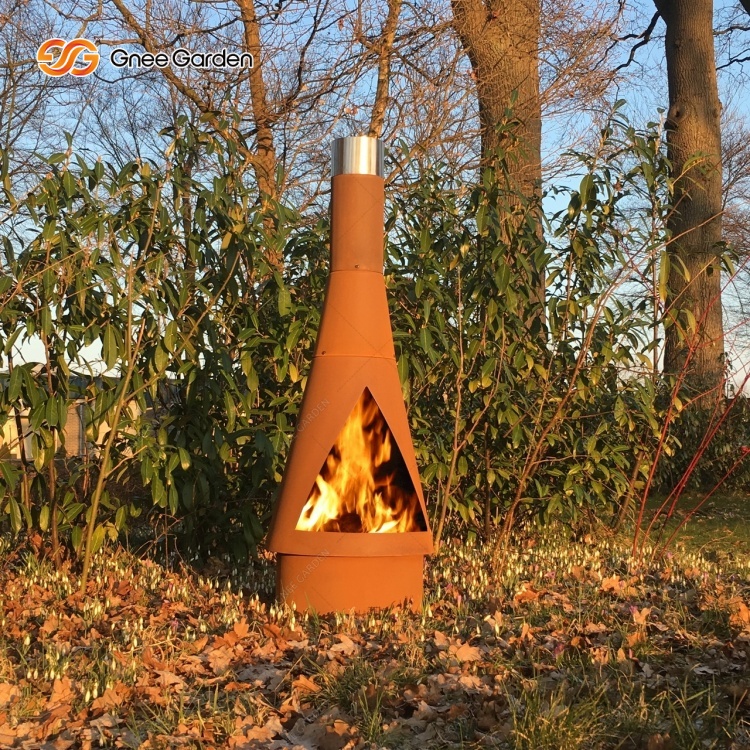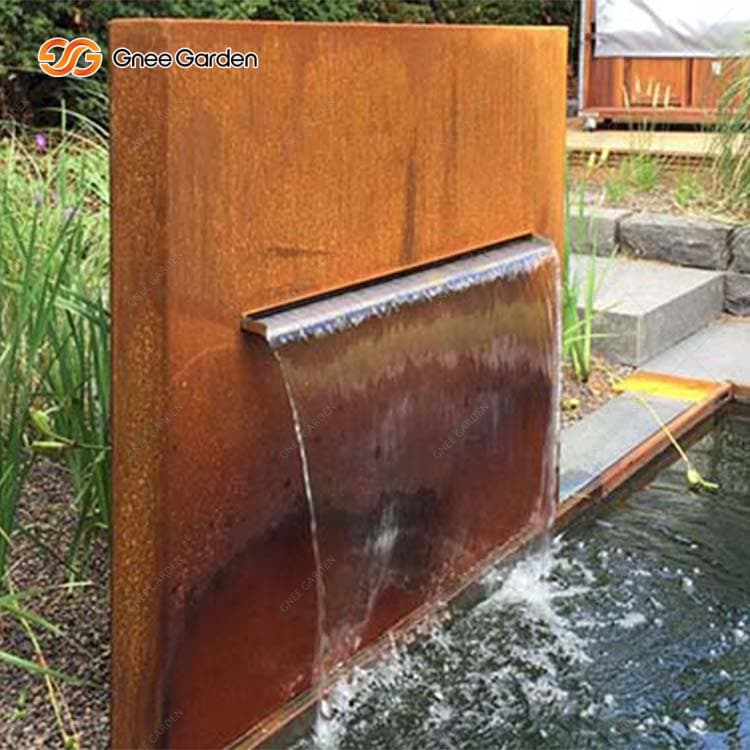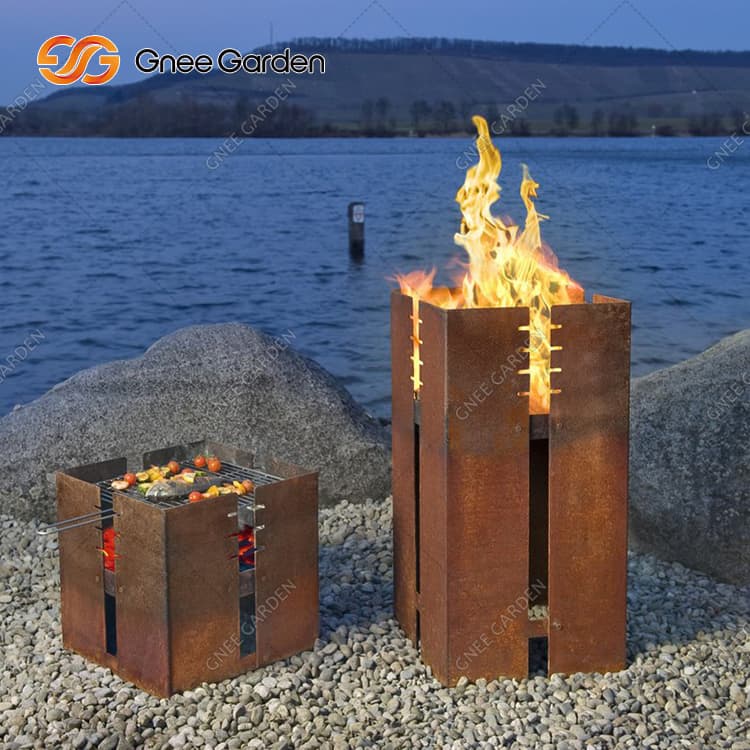Smokeless fire pits incorporate several notable features such as improved airflow, efficient combustion systems, and specialized fuel sources, all of which are designed to reduce the production of smoke. By employing these ingenious mechanisms, these fire pits are able to burn fuel with greater efficiency, resulting in a more thorough and cleaner burn. As a result, the release of smoke and particulate matter is minimized, providing a cleaner, healthier option for enjoying a fire outdoors.

The Rise of Smokeless Fire Pits over a Traditional Fire Pit
In recent years, the rise of smokeless fire pits over traditional ones has reshaped our outdoor space globally.
This surge in popularity is driven by a blend of advancements in technology, heightened concern for the environment, and the growing appeal of creating a comfortable, smoke-free outdoor experience.
Smokeless fire pits, often called ‘low smoke’ or ‘near-smokeless,’ incorporate innovative technology to reduce the amount of smoke they emit drastically.
They achieve this through a double combustion system where the air is injected into the burning process, causing the smoke to ‘return’.
This results in a cleaner, more efficient burn, reducing the emission of particulate matter and promoting a more environmentally friendly fire with minimal smoke.

Advantages of Smokeless Fire Pits
Reduced Smoke:
True to their name, smokeless fire pits excel in minimizing smoke production. This not only enhances the overall enjoyment of outdoor gatherings but also eliminates the inconvenience of smoke wafting into faces or clinging to clothing, providing a more comfortable experience for everyone.
Environmentally Friendly:
Smokeless fire pits contribute to environmental conservation by promoting more complete combustion. This innovative design significantly reduces the release of particulate matter and harmful emissions into the atmosphere, making them a greener choice for outdoor heating.
Efficient Heat Distribution:
One of the standout advantages of smokeless fire pits is their ability to provide consistent, radiant heat. This translates to a warmer and more inviting gathering space, particularly beneficial during colder months or chilly evenings.
Fuel Efficiency:
Smokeless fire pits showcase superior fuel efficiency. The advanced combustion process allows them to achieve the same level of heat with less wood compared to traditional fire pits. This efficiency not only reduces environmental impact but can also lead to cost savings over time.
Versatility:
Beyond providing warmth, many smokeless fire pits are designed for multifunctionality. They serve as both a heat source and a cooking apparatus. The uniform heat distribution makes them excellent for grilling, roasting marshmallows, or even preparing more elaborate outdoor meals, adding versatility to your outdoor experience.
Safety:
The reduction in smoke production enhances visibility around the fire pit area, contributing to a safer environment. This is especially important when children or pets are present, as improved visibility reduces the risk of accidents.
Low Maintenance:
Thanks to their efficient combustion process, smokeless fire pits generate less ash. This not only makes clean-up and maintenance a breeze but also adds to the overall convenience of owning and enjoying a smokeless fire pit. With less ash to contend with, you can spend more time enjoying the warmth and ambiance of your fire pit and less time on upkeep.

Factors to consider when purchasing a smokeless fire pit
These factors include size and capacity, fuel type compatibility, durability, construction materials, and additional features and accessories.
Size and Capacity
One of the first considerations is the size and capacity of the smokeless fire pit. Consideration must be given to the number of people typically entertained or the amount of outdoor space available. If a person has a large backyard and regularly hosts parties, a fire pit with a larger capacity may be considered more appropriate. Conversely, if space is limited or the fire pit is intended for intimate gatherings, then a smaller sized fire pit would be more appropriate.
Fuel Type Compatibility
Another key factor to consider is fuel type compatibility for smokeless fire pits. Some fire pits are designed for use with wood, while others are compatible with propane or natural gas. Each type of fuel has its own unique advantages and disadvantages, making it necessary to make a choice based on personal preference and needs. Wood-burning fire pits offer a traditional campfire experience and are usually more portable, while gas fire pits offer convenience and flame control.
Durability and construction materials
The durability and construction materials of a smokeless fire pit are critical to its long-term performance and safety. It is prudent to select fire pits made of quality materials such as stainless steel, cast iron, or aluminum as these materials are known for their durability, rust resistance, and corrosion resistance. Careful consideration should also be given to the thickness of the fire pit walls and the sturdiness of its legs or base. A well-built fire pit will stand the test of time and provide years of flawless enjoyment.
Additional Features and Accessories
Finally, we must consider any additional features and accessories for the smokeless fire pit. Some fire pits may have adjustable flame heights or vents that allow for better heat control, while others may include cooking grates or spark screens that enhance functionality and safety. These auxiliary features must be evaluated based on an individual’s specific needs and preferences, as they have the potential to enhance the entire fire pit experience.

Frequently Asked Questions: Smokeless Fire Pits
Are there completely smoke-free fire pits?
Bioethanol fire pits are the closest thing to a smokeless option. Their ability to burn very cleanly, produce very little smoke, and emit no odor or toxic fumes makes them a popular choice for those eco-conscious individuals.
Do smokeless fire pits provide enough heat?
Yes, smokeless fire pits are designed to provide continuous radiant heat, making them an ideal warm fire source for outdoor spaces.
Why does a fire pit produce smoke when the wood is burning?
Answer: Smoke is caused by incomplete combustion of the wood, usually due to moisture in the wood. Even dry, air-dried wood will produce some smoke when burned, although much less compared to wet wood.
How do smokeless fire pits compare to other fire pits?
Compared to traditional fire pits, smokeless fire pits offer a similar experience to the warmth and ambiance of an open fire, but with significantly less smoke. They are more fuel-efficient and environmentally friendly, making them ideal for those seeking a cleaner burn.
Are portable fire pits also smokeless?
Portable fire pits can be designed to be smokeless or nearly smokeless, but like all fire pits, they may produce some smoke depending on the fuel used and the design of the fire pit. While smoke cannot be eliminated, it usually provides a relatively cleaner burning experience.

In reality, no fire pit is completely smokeless, as burning any substance will produce some smoke. However, choosing a smokeless fire pit is still a smart choice for a cleaner, environmentally friendly, and comfortable outdoor experience.






